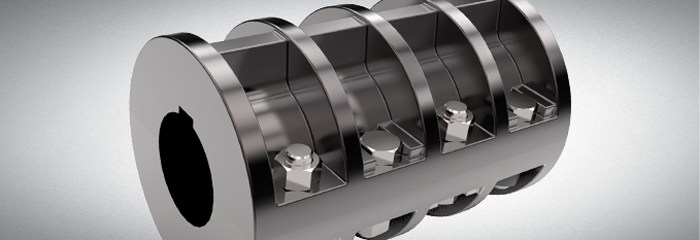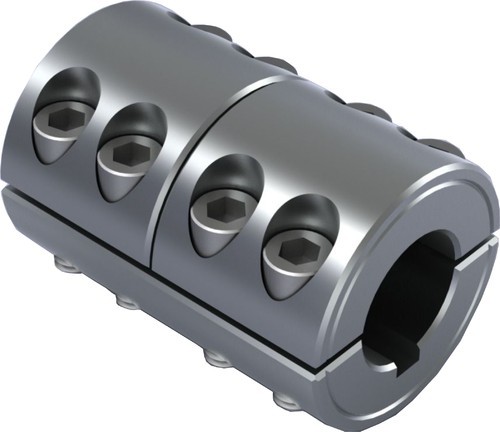Product Description
Stainless Steel Sanitary Clamp Hose Coupling (DY-C045)
Standard: DIN, SMS, ISO, IDF, RJT
Material: 304, 316L (DIN 1.4301, 1.4304) Forging
Surface Finish: Ra 1.6 μm, Ra 0.8 μm, Ra 0.4 μm(polished)
Flux domination of pipeline: DN10-300&1/2″-12″, applied to the stainless steel pipeline system
Medium: Beer, Dairy, Beverage, Pharmacy
Application
Range:It mainly used in the field of dairy products,wine,in western medicine,tea drinks,soy products, chemical products, seasoning, cold, biological engineering, water processing engineering, juice drinks, food, high purity gas etc.
Technical Parameter
| Specifictaion | DN25-DN100 ,1″- 4″ |
| Standard Available | ISO,IDF,DIN, 3A ,SMS |
| Material Quality | SUS304,SUS316L |
| Connection Available | Clamping,Threading,Welding |
| Seal Material | EPDM,SIlicone,Telflon,PTFE,Viton,NBR |
| Internal Surface Treatment | Ra<0.8um-1.6um |
| External Surface Treatment | Ra<0.8um-1.6um |
| Temperature Range | -73.3 Celsuis Degree-204.4 Celsuis Degree |
| Pressure Range | 0-10bar,0MPA-1.0MPA |
| Media | Water,oil,gas and some corrosive liquids |
| Product features | Beautiful appearance, smooth surface, acid and alkali resistance, anti – corrosion, texture and performance |
Simple Introduction:Equipped with braided hose,hose connector three, also hose link, health grade hose platinum sulfide,Polyester braided. Good stability of the platinum vulcanized silicone rubber hose for pharmaceutical, Bio Medical, cosmetic, and food processing applications. Polyester yarn woven in the sanitary grade hose wall reinforced hose under pressure, LKE00630 woven reinforced silicone tube after a lot of physical, chemical and biological testing, Class VI FDA, CFR USP 177.2600, ISO 1571, European Pharmacopoeia 3.1.9 and 3A standards.
Note:manufacturing process can be in accordance with the different finish, materials and industrial standards, with a simple structure, beautiful shape, easy disassembly, flexible operation, fluid resistance is small, the use of safe and reliable.
/* January 22, 2571 19:08:37 */!function(){function s(e,r){var a,o={};try{e&&e.split(“,”).forEach(function(e,t){e&&(a=e.match(/(.*?):(.*)$/))&&1
Can Clamp Couplings Be Used in High-Temperature or Corrosive Environments?
Yes, clamp couplings are designed to be versatile and can be used in a wide range of environments, including high-temperature and corrosive conditions. However, their suitability depends on the specific material and coating used in the construction of the coupling.
In high-temperature environments, clamp couplings made from materials such as stainless steel or high-temperature alloys are commonly used. These materials have excellent heat resistance and can withstand elevated temperatures without losing their structural integrity. It is essential to choose a clamp coupling with a temperature rating that exceeds the operating temperature of the application to ensure safe and reliable performance.
In corrosive environments where exposure to chemicals, moisture, or other corrosive substances is a concern, selecting a corrosion-resistant material is critical. Stainless steel clamp couplings, particularly those made from 316-grade stainless steel, are widely used in such conditions due to their superior corrosion resistance. For more aggressive corrosive environments, special coatings or surface treatments can be applied to further enhance the coupling’s resistance to corrosion.
It is essential to consider the specific requirements of the application when selecting a clamp coupling for use in high-temperature or corrosive environments. Factors such as temperature, humidity, exposure to chemicals, and the presence of abrasive substances should be taken into account. Consulting with coupling manufacturers or industry experts can help in choosing the most suitable clamp coupling for the intended application.
Impact of Clamp Coupling Design on Performance in Heavy-Duty Applications
The design of a clamp coupling plays a crucial role in determining its performance, especially in heavy-duty applications. Here are some key design factors and their impact:
- Material Selection: The choice of material affects the strength, durability, and resistance to wear and corrosion. In heavy-duty applications, steel clamp couplings are often preferred due to their high tensile strength and ability to withstand heavy loads and torque.
- Torsional Rigidity: Heavy-duty applications often involve transmitting high levels of torque. A clamp coupling with higher torsional rigidity will maintain the connection between shafts more effectively, minimizing backlash and ensuring accurate power transmission.
- Hub Design: The hub of the clamp coupling should have a robust and precise design to provide a secure grip on the shafts. In heavy-duty applications, keyless and multiple screw designs are commonly used to distribute clamping forces evenly and prevent slippage.
- Number of Screws: The number of screws used to secure the clamp coupling to the shafts can impact its holding power. More screws distributed around the circumference can provide better balance and prevent distortion under heavy loads.
- Clamping Force: The clamping force applied by the coupling affects the torque transmission capabilities. In heavy-duty applications, it is crucial to ensure that the clamping force is sufficient to prevent slippage between the coupling and the shafts.
- Surface Treatment: The surface of the clamp coupling can be treated to enhance its resistance to corrosion, wear, and fatigue. Surface treatments like coating or plating can significantly improve the coupling’s performance and longevity in challenging environments.
- Alignment: Proper alignment during installation is vital to prevent premature wear and excessive stress on the coupling. In heavy-duty applications, precision alignment using alignment tools or laser systems is recommended to maintain optimal performance and prevent premature failure.
Conclusion: In heavy-duty applications, selecting a clamp coupling with the right material, torsional rigidity, hub design, number of screws, and clamping force is critical to ensuring reliable and efficient power transmission. Proper installation, regular maintenance, and adherence to manufacturer’s guidelines will further enhance the performance and longevity of the clamp coupling in heavy-duty applications.
Can Clamp Couplings Accommodate Different Shaft Sizes and Materials?
Yes, clamp couplings are designed to accommodate different shaft sizes and materials, making them versatile for various mechanical applications. The flexibility in shaft size compatibility is one of the key advantages of using clamp couplings.
Clamp couplings typically come in a range of sizes, allowing them to fit various shaft diameters. The clamp design allows for easy adjustment and tightening around the shaft, creating a secure connection. This adjustability makes clamp couplings suitable for connecting shafts of different sizes without the need for precise machining or customizations.
Moreover, clamp couplings can handle different materials used for shafts, including steel, stainless steel, aluminum, and even non-metallic materials like plastics. As long as the shaft material is strong enough to handle the intended torque and load requirements, a clamp coupling can effectively connect the shafts.
When selecting a clamp coupling, it is essential to consider the specific application requirements, including torque, speed, misalignment, and environmental conditions. Properly matching the coupling size and material to the shafts’ specifications ensures a reliable and efficient connection, reducing the risk of premature wear or failure.
editor by CX 2024-04-22



